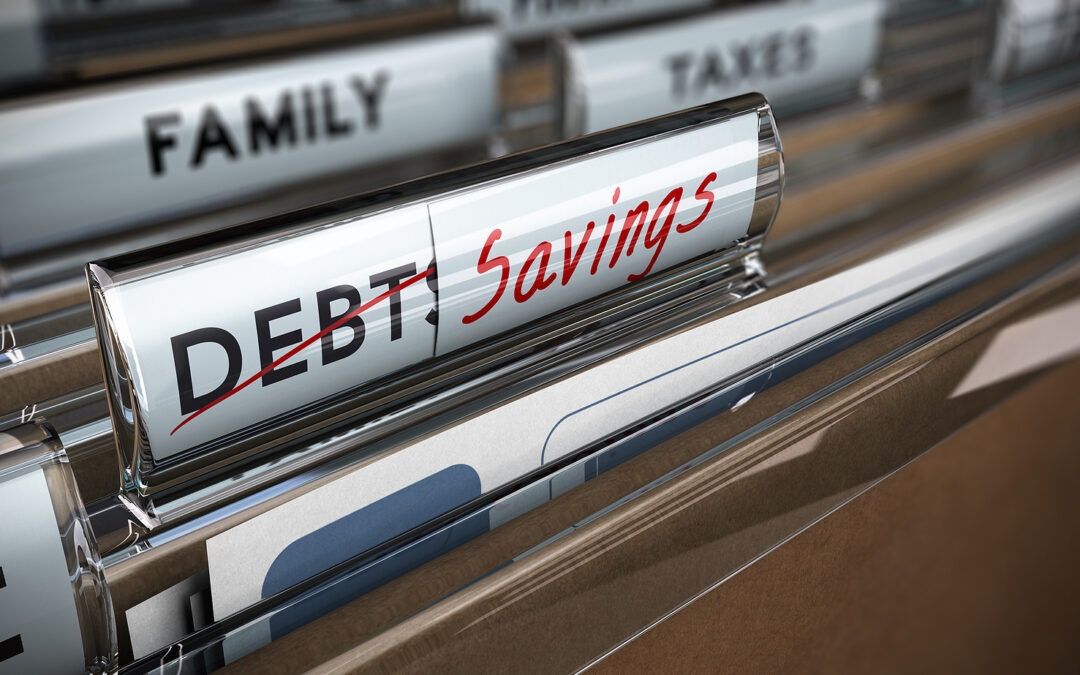If you’re feeling uncertain about the economy, it’s time to focus on something you can control, like building an emergency fund. Most Americans are worried about the economy and wonder what will happen if the tariff war doesn’t end. Yet obsessing over world news and polarized social media posts will only exacerbate your fears. Instead, turn you focus to one small task that can help alleviate your anxiety and improve your personal finances.
Emergencies happen to everyone. Rich, poor, single, or married, eventually your car will break down or you’ll need to call a plumber to repair or replace an appliance. Instead of relying on credit cards to cover emergency expenses, work on building an emergency fund. Start by setting a savings goal. How much does the average emergency cost? That depends.
If you or a family member suffer a health emergency, you’ll need to pay your deductible before insurance will kick in and help with the bills. If your deductible is $7,000 your savings goal should be at least that amount. The cost of car repairs vary depending on the make, model, and year but new brakes cost around $800 on average. Yearly car maintenance is another expense of owning a vehicle. You get the idea. Set a goal to build an emergency fund and determine a savings goal. Then you can crunch numbers to determine how long it will take you to achieve your goal.
Sit down with a pen and a piece of paper and list your income and expenses. Don’t forget your monthly subscriptions and daily coffee runs. Unnecessary expenses add up fast. Once you know how much you can reduce or eliminate from your current expenses, you’ll be able to figure out how long it will take you to reach your savings goal. Quit worrying about what you can’t control and focus on what you can, building an emergency fund!
